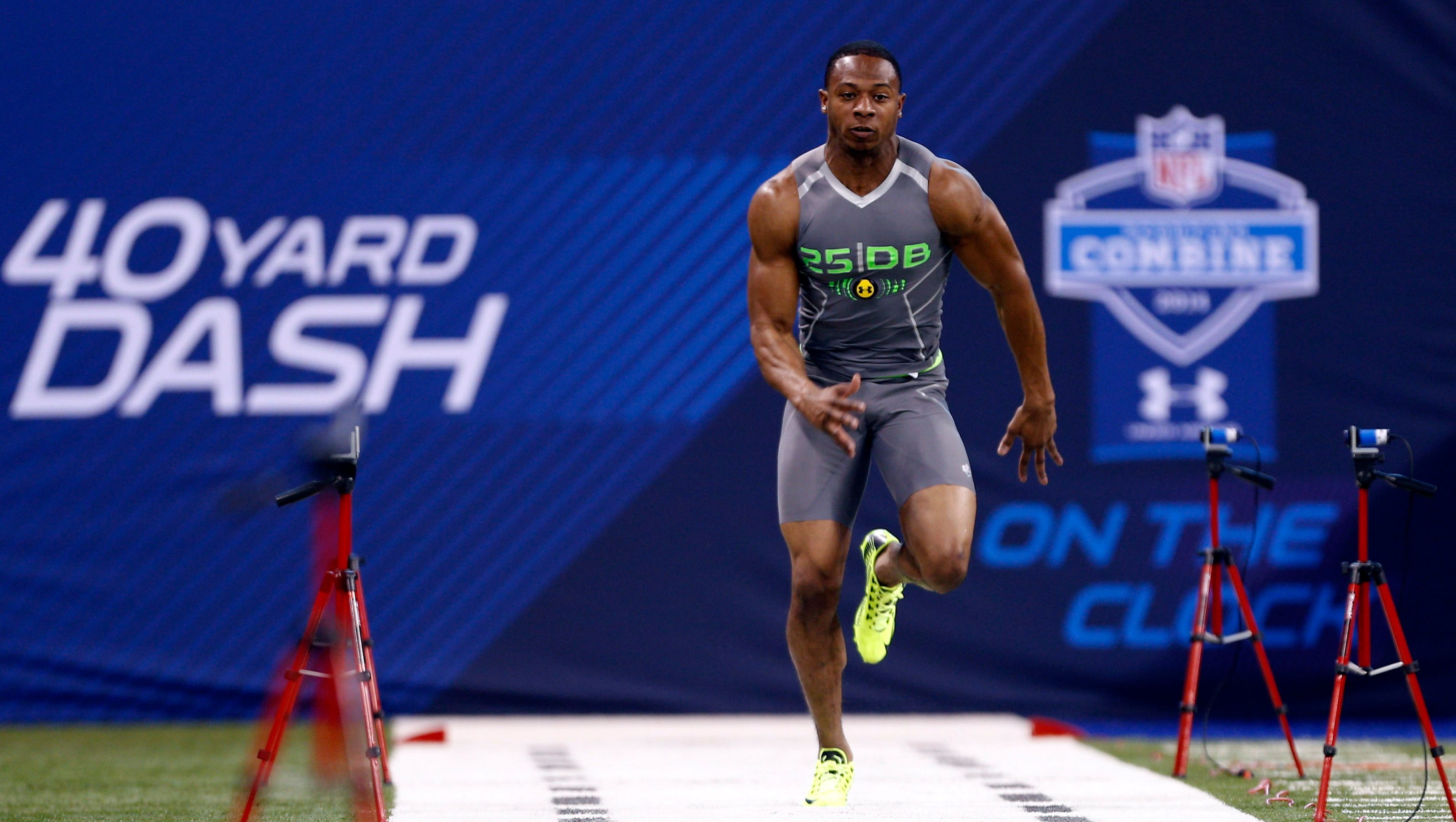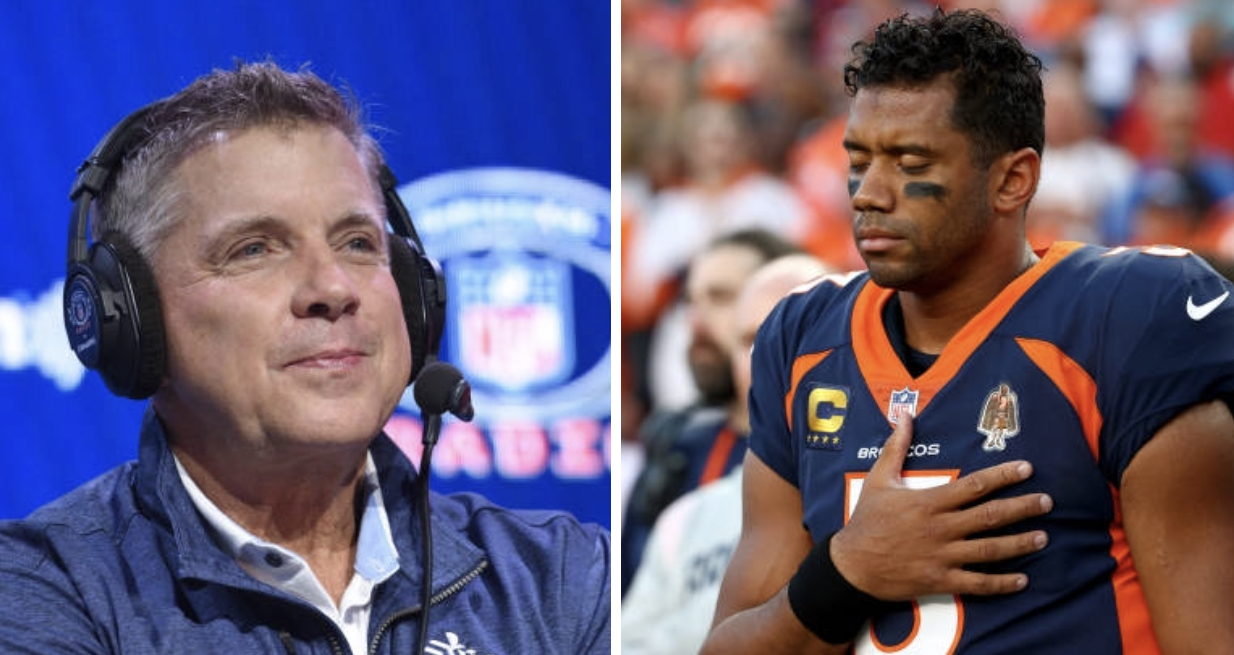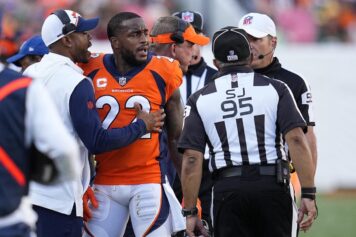The 2016 NFL Scouting Combine is being held at Lucas Oil Stadium in Indianapolis, Ind. from Feb. 23-29. Beginning tomorrow, hundreds of players will go through a series of drills and invasive mental and physical examinations designed to project how well they’ll perform as pros.
As silly as it seems, when youre fighting for draft position, one bad 40 time, a misinterpreted answer or a bad rep can cost you some cash.

(Photo Credit: USA Today)
This is the way the NFL has been doing it since 1985. Its become a huge media spectacle and the NFL Network makes sure that we don’t miss a dropped ball or an impressive bench press. Playing football requires a consistent level of athleticism, fitness, endurance and toughness rarely found in other sports. Therefore, the physical composition of each player is measured, analyzed and meticulously evaluated.
Theres no delicate way to examine the human body without one taking their clothes off, but the issues that some people have had in the past with the NFLs system of analyzing and evaluating college football players stems from the dehumanizing way the event is run.
Despite the fact that NFL players are paid a pretty penny to sacrifice their bodies on Sundays, the NFL combine is eerily similar to the judgment processes that occurred on the slave market.
Legendary sports writer William Rhoden has been a vocal critic of the process and listed why in his book, Forty Million Dollar Slaves. For starters, sixty-eight percent of NFL players are Black. The ownership is 96.85 percent white, with the Jacksonville Jaguars as the only NFL franchise to have a majority owner of color, Shahid Khan, a Pakistani-born American businessman. The majority of the coaches, executives and scouts examining the potential labor force and thus gaining the biggest financial benefit from them are white as well.
The players are stripped down to their draws and have their bodies picked and prodded for size and strength. Then, they are subjected to a series of workouts and drills, extensive medical tests and psychological screenings. The idea is that these team evaluators will determine if a player is worth investing money in.

(Photo Credit: atlantablackstar.com)
Product is product, whether you bag it, cook it, freeze it or feature it on the football field, and every boss in every aspect of business wants to test the product before he invests in it. We get that part. Some people will continue to be offended by the sheer capitalistic and exploitative nature of the combine. And you cant find a player that’s ever said they enjoyed the experience. They endure it because they have no choice.
On the flip side, it can be easily seen as a necessary evil.
The combine has its benefits in that a team can compare athletes at the same position doing the same drills under the same conditions at the same time. Prospects have been doing basically the same drills for 30 years, so its an easy way to access how an athlete compares to the combined scores of past and current NFL players.
For example, the 3-cone drill tests an athlete’s ability to change directions at high speed. Therefore, a defensive player who does well in that workout supposedly has the potential to become a great NFL pass rusher.
The NFL obviously feels that this is still the best way for every player to be personally evaluated by teams before the franchise makes a decision on who to draft. It also helps the league keep every player on the same level prior to distinguishing themselves on the field and helps the NFL maintain a certain amount of control over the players they draft and all aspects of the draft process.
Hall of Fame wide receiver and ESPN analyst Cris Carter calls it, “your first job interview.”
Its a process that costs agents a load of money as they try to prepare their client to master a series of all-important drills that they will never actually use in a football game. You can probably learn more about a guys actual athleticism and skills in a private workout or pro day session. Nevertheless the combine effect is real.
There have been players whose stock skyrocketed behind a dazzling combine display, but never fulfilled the potential that the scouts expected. Carolina Panthers wide receiver Stephen Hill shocked everyone by running a 4.36 40-yard dash and made a ridiculous, diving, fingertip catch at the 2012 combine.
The 64, 215-pound receiver out of Georgia Tech had the physical tools that makes scouts salivate, but he never produced at a high level in college. His flash-in-the-pan combine miraculously made scouts think hed blossom into Randy Moss. The Jets wound up wasting a second round pick on a guy that has 45 catches and 594 yards in four NFL seasons.

(Photo Credit: dailyherald.com)
Tim Tebow’s combine impressed former Denver Broncos head coach Josh McDaniels so much that he drafted Tebow in the first round. We know how that disaster unfolded.
Tom Brady’s combine didn’t help him at all as he fell to the sixth round.
On the other hand, the combine turned out to be a saving grace for Arizona Cardinals safety Tyrann Mathieu. “The Honey Badger” entered his 2013 NFL Scouting Combine amid a flurry of doubt and controversy. The 2011 Cotton Bowl MVP had a marijuana addiction that led to an arrest and embarrassing dismissal from the LSU team in August 2012, right before his junior year.
Now, comfortably a part of the NFL family, when I spoke to Mathieu last year, he reflected on his combine, which really was do-or-die.
While most NFL teams had no intentions of drafting the talented baller and asked him the same questions over and over, Mathieu says the Cardinals were different and being able to speak with them at the combine actually helped him avoid slipping past the third round.
Other than the millions I probably squandered (I believe I would have been a first- or second-round pick if I didnt get kicked out of school),” Mathieu told me. “Everything they tell you about the combine is true: The interviews can be intrusive, offensive and outlandish…One team wanted to know the first and last name of the kid I had my first schoolyard fight with and what the fight was about. Another team… gave me 10 words and 10 letters, and I had to recite those 10 words and 10 letters back to thembut backward! Needless to say, I didnt ace that. I felt like I was in a Dave Chappelle skit.”
We all know that the truest indication of athletic talent is what we see on the film and the field.Once a player gets drafted and puts the pads on, they wont be doing the 3-cone drill or shuttle run or bench pressing footballs. These are learned workouts that the players have been practicing for months. They might foolishly make or break a players draft chances, but they will never prepare him for the reactionary challenges, physical and emotional stresses of the actual game.
Could NFL teams accurately evaluate and project a players potential without the NFL Combine? Of course. It all comes down to who can play and who cant.
However, it has taken on a life of its own as a highly-anticipated and lucrative NFL promotional tool. Its a way to do business and pleasure at the same time and its only growing in popularity and importance to the NFL machine.



